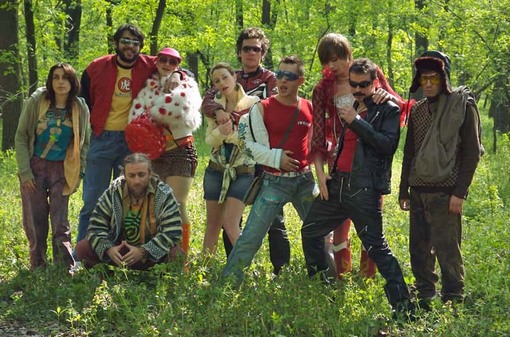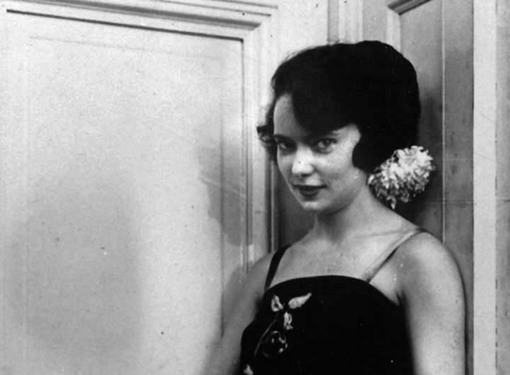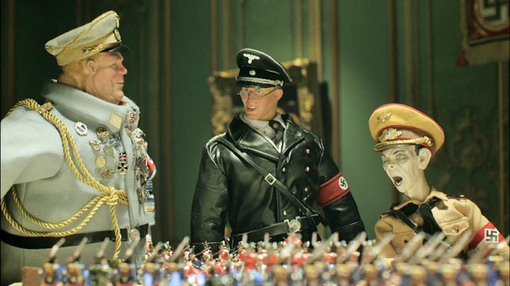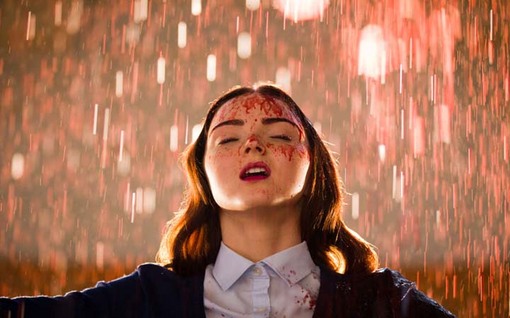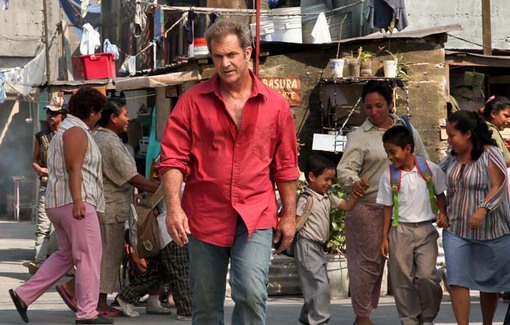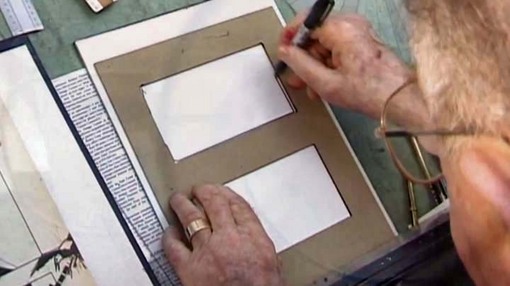
Faces that bring their own light
“The First Grader” is streaming On Demand via Amazon and Vudu, and the DVD is on Netflix and on sale.
by Steven Boone
It doesn’t matter that “The First Grader” is as shamelessly, sappily manipulative as that TV commercial where Sarah Mclachlan wails a tune while the camera zooms in on miserable animals peering out of their rescue shelter cages. Nope. It doesn’t even matter that the musical score, which I will give the alternate title “Mother Africa Weeps,” is the World Music equivalent of an Oreo McFlurry — a real pancreas-buster. Never mind all that. The imagery in “The First Grader” places it on par with cinema’s great sentimental masterpieces, “Umberto D,” “Tokyo Story” and “Ikiru.” From the first frame, this film warns that it is working in a universe of pure emotion.
The film’s true story concerns Maruge (Oliver Litondo), a former Kenyan freedom fighter and political prisoner who has been forgotten in the post-colonial age. He walks around the countryside in rags while the new generation of power brokers benefiting from his sacrifices zip through Nairobi in Benzes. When he learns that the government is now offering free education to all, he tries to enroll in a local elementary school. He’s illiterate, it turns out, and he wants to learn how to read an important old letter for himself. Of course, the 84 year-old has a tough time convincing the overcrowded one-room schoolhouse to let him in.







